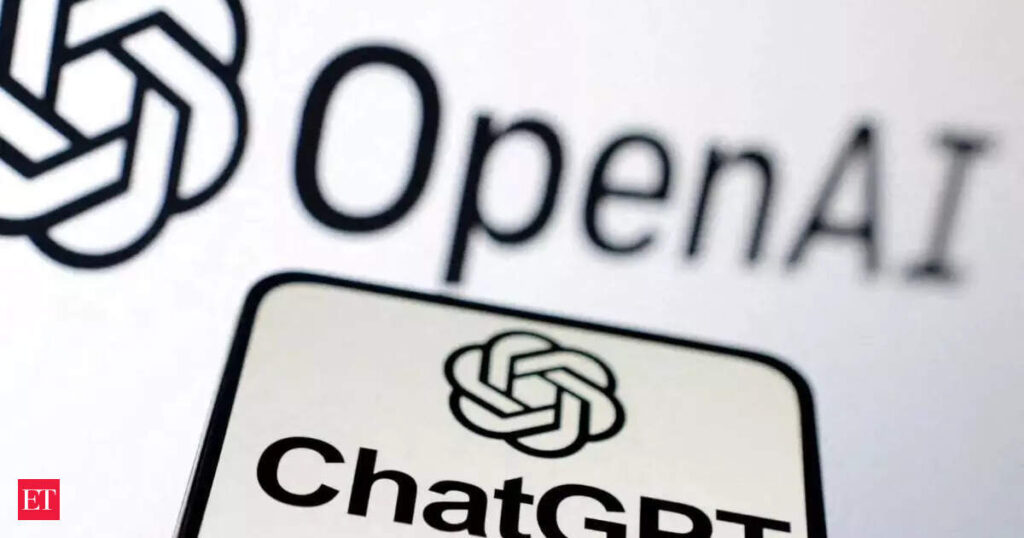OpenAI’s ChatGPT, a prominent AI chatbot, recently faced a significant global outage that left many users unable to access the service through both web and mobile applications. The outage, which began around 5 PM IST, was promptly reported by numerous users who experienced difficulties connecting to the platform. OpenAI confirmed the issue via their Status page, citing “degraded performance” and elevated error rates affecting the API. While the company is working diligently to resolve these challenges, the exact cause of the outage remains unclear.
Outages such as this are not just inconvenient; they can have serious implications for businesses that rely on AI-driven tools for a variety of tasks. As organizations increasingly integrate AI into their operations, understanding common problems associated with automation becomes essential for leaders and technical specialists. Among these challenges are frequent errors, API rate limits, and integration issues, all of which can impede productivity and erode user trust.
Common errors can arise from various sources, including network connectivity problems, incorrect API configurations, and data mismatches. When using AI systems like ChatGPT, users may encounter vague messages about unavailable resources or degraded performance, which often lead to confusion and frustration. It’s crucial to address these problems swiftly to minimize disruption.
To troubleshoot these errors, organizations can implement a systematic approach. First, ensure that the network connection is stable and that users have proper access permissions. This includes confirming that any firewalls or security protocols are not blocking API calls. Second, review API configurations in detail, looking for common mistakes such as incorrect authentication credentials or outdated endpoints that may lead to connectivity issues. For many AI systems, following the documentation closely and ensuring that all parameters are set correctly can resolve frequent errors.
API rate limits can also pose significant challenges. Many APIs impose limits on the number of requests that can be made within a certain timeframe. Surpassing these limits will often result in error messages or delays in response. It is advisable to monitor API usage carefully, implementing backoff strategies for retries to prevent overwhelming the system. By doing so, organizations can better manage peak usage times and maintain a more seamless user experience.
Integration issues often arise when various systems or technologies come together. When connecting AI tools to existing processes, it’s vital to draw up comprehensive integration blueprints identifying where data will flow, alongside potential bottlenecks. Conducting rigorous testing with dummy data can help pinpoint discrepancies early on, allowing for adjustments before going live. Additionally, leveraging logs to track API calls and user interactions can illuminate precisely where errors occur, facilitating faster troubleshooting.
In cases where issues are more complex or systematic, it may be beneficial to develop a dedicated internal team or partnership focused on AI technology management. This team would not only oversee the operational health of the systems but also stay abreast of updates and changes in the AI landscape. Proactive management can mitigate risks and ensure a better ROI by maintaining service availability and response times.
Speedy resolution of these errors significantly impacts the bottom line of businesses. Downtime affects productivity, customer satisfaction, and ultimately revenue. By investing in robust troubleshooting solutions, organizations can enhance user experience while maximizing the effectiveness of their technology infrastructure.
Interestingly, during the recent outage, while the web version of ChatGPT failed to function, the mobile app appeared to work without issues. This suggests that the problems may have been isolated to the web infrastructure rather than the service itself. Organizations may want to consider alternative access methods, especially when dealing with critical applications during unexpected outages.
In summary, addressing common issues in AI technology is paramount for maintaining seamless operations. By adopting a systematic, analytical approach to diagnostics and resolution, organizations can minimize disruptions, safeguard against risks, and ultimately ensure a better return on their investment in technology.
FlowMind AI Insight: Proactively addressing potential issues in AI systems is crucial for sustaining business operations and enhancing user satisfaction. By fostering a culture of continuous improvement and technical finesse, organizations can position themselves to navigate any challenges that arise in this rapidly evolving technology landscape.
Original article: Read here
2025-01-23 08:00:00

